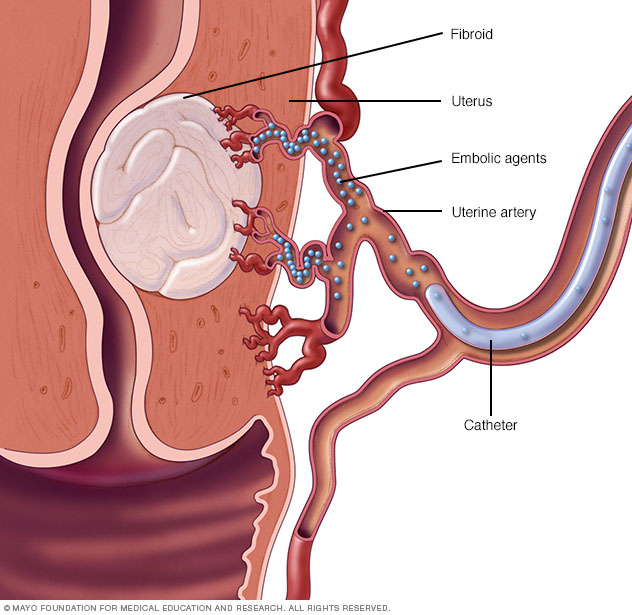
What are Uterine Fibroids?
Uterine fibroids are benign lumps that grow on the uterus. They are very common and can be symptomatic in some people.
Symptoms may include:
Heavy periods,
Cramping
Painful sex
Increased Urge to urinate.
Treatment options include hysterectomy, embolization, and hormone therapy.
What is Uterine Fibroid Embolization?
Uterine Fibroid Embolization (UAE) is a minimally invasive procedure that injects small beads into the arteries that supply the uterus and fibroids. The procedure is done with X-ray guidance. A MRI is usually performed before the procedure to look at the anatomy and to establish a baseline. The procedure is low risk and has a faster recovery time compared surgical hysterectomy or myomectomy.
Patients with a history of kidney disease or a desire to have children in the future may not be good candidates for this procedure.
What to expect after the procedure
An overnight stay is recommended after the procedure to ensure proper monitoring. Pain and discomfort will be the worst during the first 24 hours. A patient controlled pain pump (PCA) will be provided for pain relief. Patients are typically discharged home the following day with oral pain medications.
Post embolization syndrome consisting of pain as well as flu like symptoms should improve day after day and patients are usually back to their normal level of function after about 2 weeks. The fibroids will shrink over time and patients can expect an improvement in their symptoms beginning after one month.
